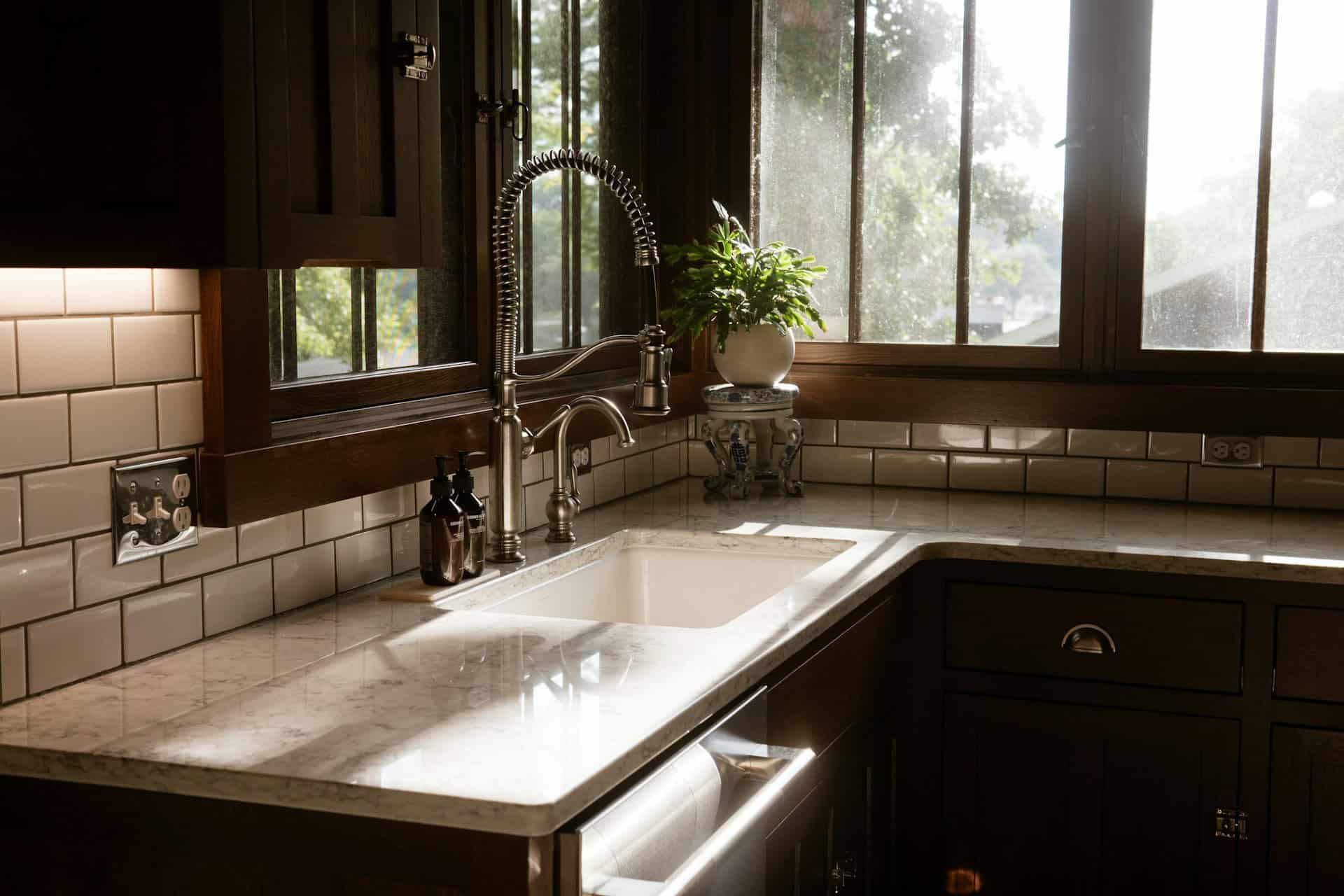
Question: How Do You Fix a Slow Draining Kitchen Sink?
Answer: To fix a slow draining kitchen sink first, try a plunger or baking soda and vinegar. If that fails, check and clean the P-trap. For persistent clogs, use a drain snake or call a plumber.
Troubleshooting a Slow Kitchen Sink Drain
A slow-draining kitchen sink disrupts daily routines. This guide offers simple solutions to identify and resolve the issue, restoring your sink’s functionality. We’ll explore common causes and provide clear steps to fix them, balancing technical accuracy with engaging advice.
Check for Simple Blockages
Begin with the easiest checks. Remove the sink stopper and inspect it for hair, food particles, or soap buildup. Clean the stopper thoroughly. Next, use a flashlight to examine the drain opening. Remove any visible debris. Sometimes, this simple step solves the problem. Pour a pot of boiling water down the drain. The hot water can melt grease and soap, clearing minor blockages. If these quick fixes don’t work, you’ll need to investigate further.
Click here for more information on cabinet refinishing Toronto
Related Article: Can You Use a Garbage Disposal with Any Kitchen Sink?
Related Article: Why Does My Kitchen Drain Smell Bad?
Baking Soda and Vinegar Solution
This natural remedy often breaks down organic matter causing slow drainage. Pour one cup of baking soda down the drain. Follow this with one cup of vinegar. The mixture will fizz. Cover the drain opening with a stopper or cloth to contain the reaction. Let it sit for 30 minutes. Flush the drain with hot water. This combination frequently clears minor clogs caused by grease and food particles. If this doesn’t work, a stronger approach may be needed.
Inspect and Clean the P-Trap
The P-trap, a curved pipe under your sink, traps debris. Place a bucket under the P-trap to catch water. Loosen the slip nuts connecting the P-trap to the drain pipes. Carefully remove the P-trap. Clean out any debris trapped inside. Rinse the P-trap thoroughly with water. Reassemble the P-trap, ensuring the slip nuts are tightened. Run water to check for leaks and improved drainage. This method addresses clogs directly within the P-trap.
Using a Drain Snake
A drain snake, also known as a plumber’s snake, can reach deeper into the drain lines. Insert the snake into the drain opening. Rotate the handle as you push the snake further into the drain. The snake’s head will break up or retrieve the clog. Once you feel resistance, rotate the snake to hook the clog. Slowly pull the snake back out, removing the debris. Rinse the drain with hot water to clear any remaining particles. Drain snakes effectively remove hair, grease, and other blockages lodged deeper in the pipes.
When to Call a Plumber
If you’ve tried all these methods and your kitchen sink still drains slowly, contact a plumber. A professional plumber has the tools and expertise to identify and resolve complex plumbing issues. They can diagnose underlying problems, such as damaged pipes or sewer line blockages. Don’t hesitate to call a plumber if the problem persists. Attempting further DIY solutions could potentially worsen the issue.
Conclusion
A slow-draining kitchen sink is a common household annoyance. By following these steps, you can often fix the problem yourself. However, remember to seek professional help if the issue persists or becomes more complex. [ 1 ]
References
1. https://www.homeserve.com/en-us/blog/how-to/unclog-kitchen-sink

Blue Malue Get in touch with Blue here.
